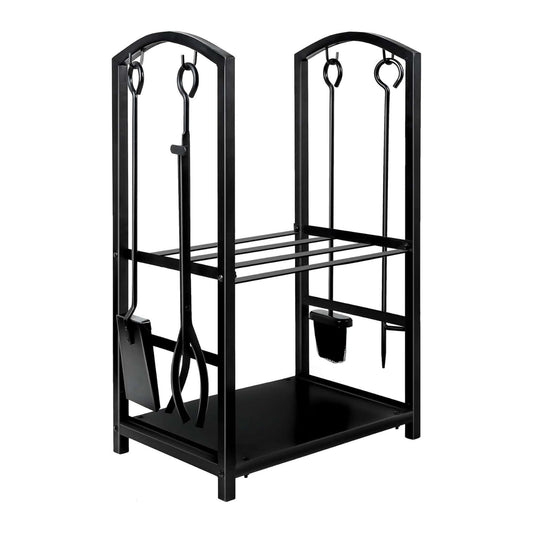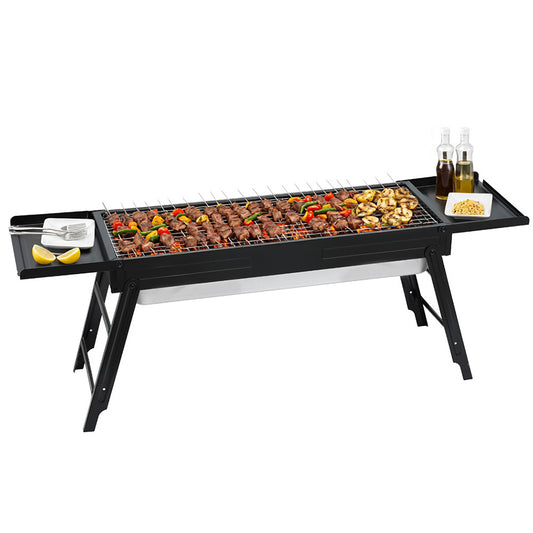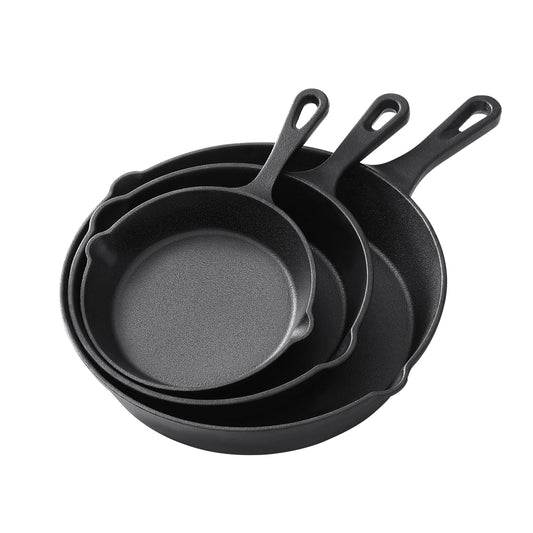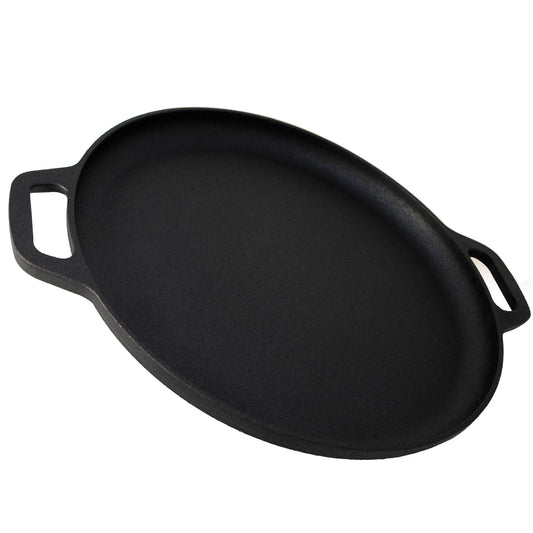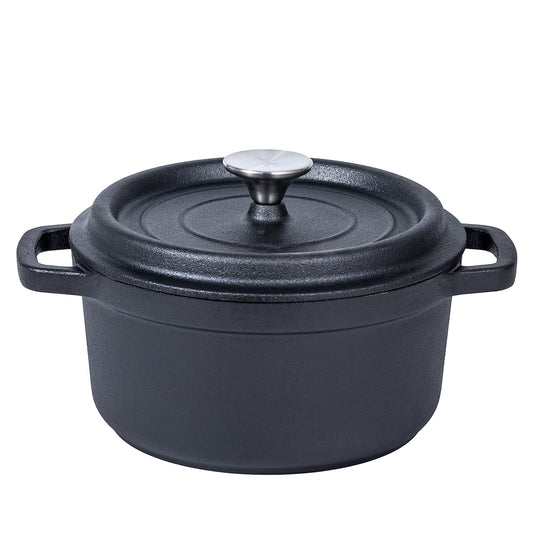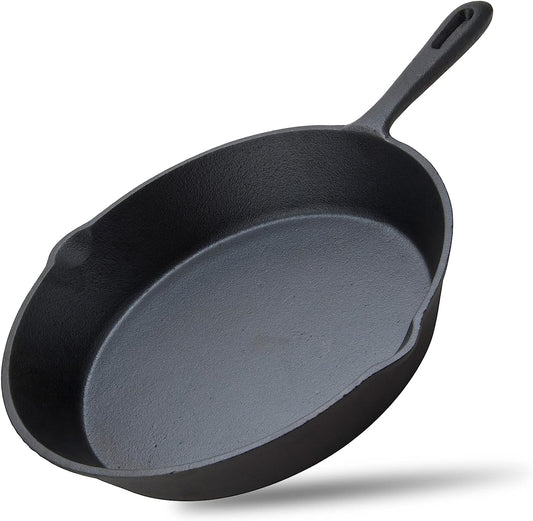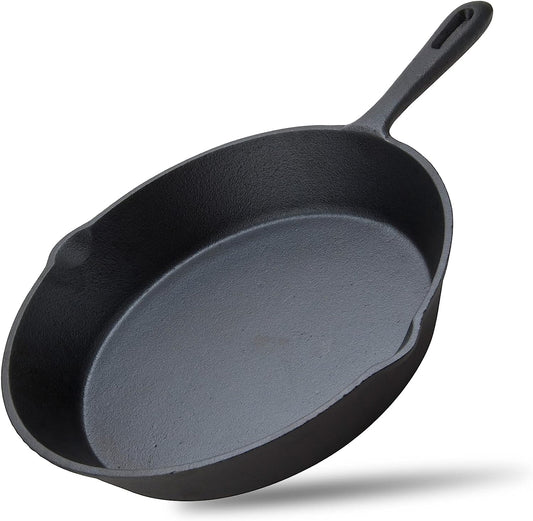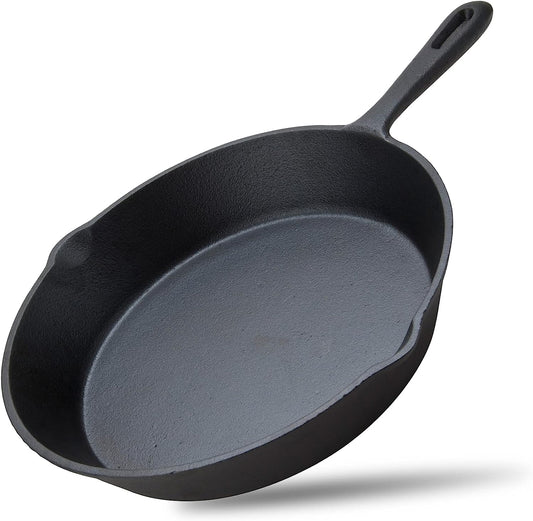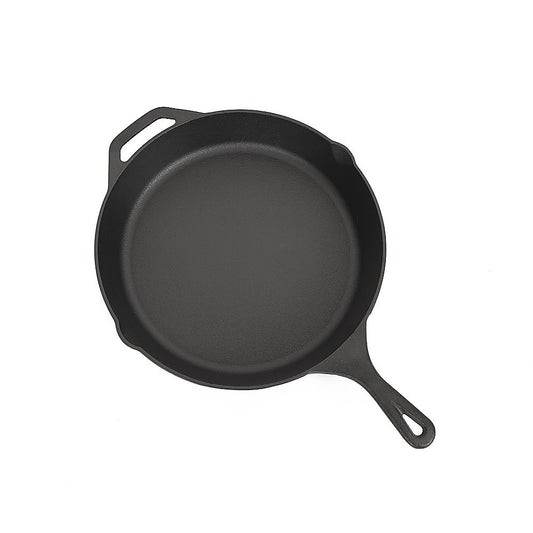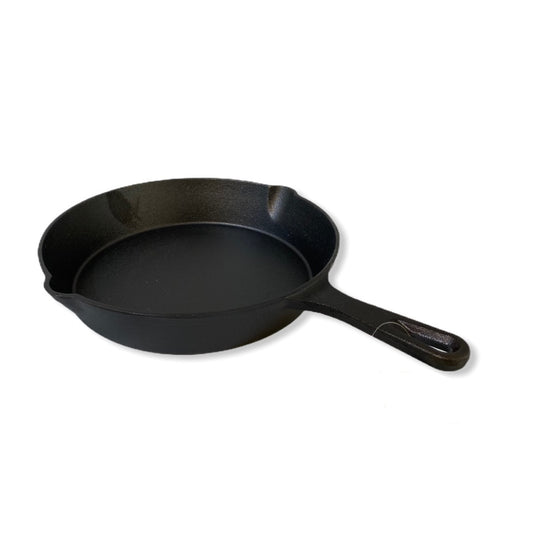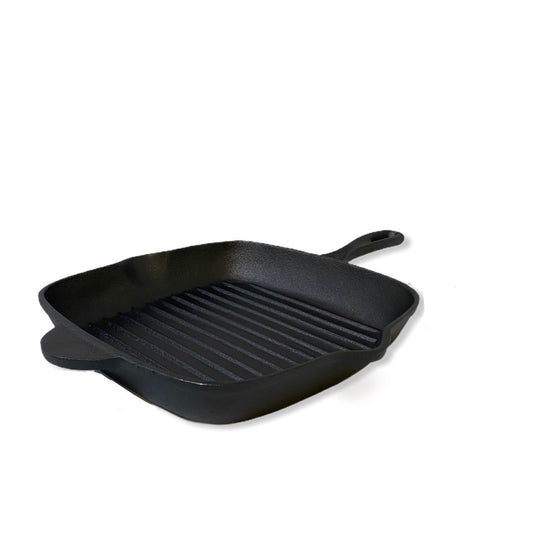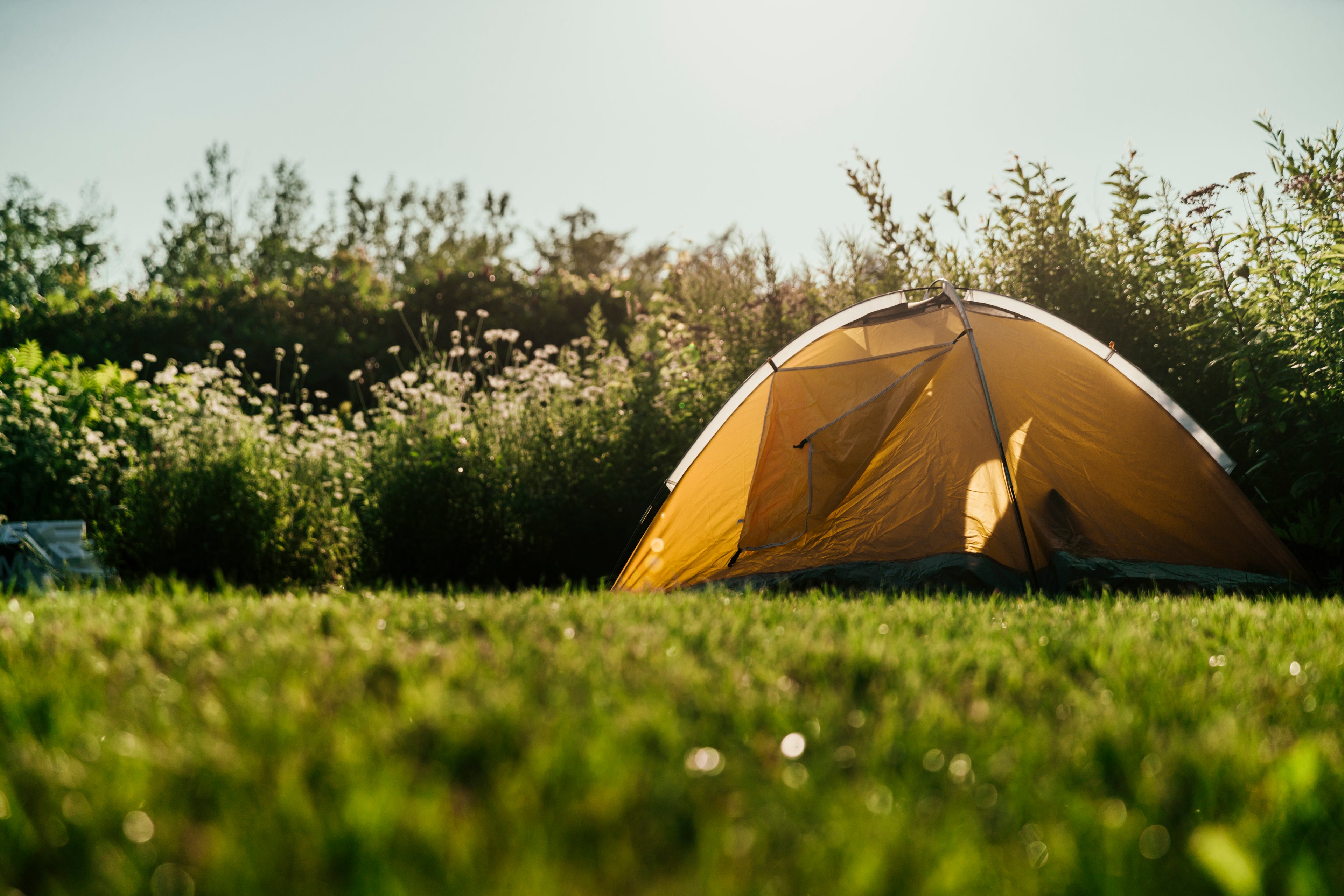
Collection: Kitchen & Cooking
-
Social Hike Firewood Rack Stand and Fireplace Tool Set for Log Holder Storage
Regular price $154.89Regular priceUnit price / per$167.80Sale price $154.89Sale -
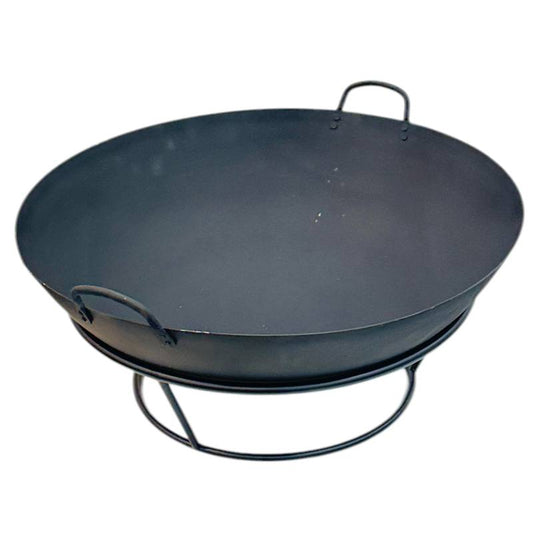 Sold out
Sold outBBQ Outdoor Fire Pit 65cm
Regular price $132.89Regular priceUnit price / per$143.80Sale price $132.89Sold out -
Grillz Charcoal BBQ Grill Smoker Portable Barbecue Outdoor Foldable Camping
Regular price $34.89Regular priceUnit price / per$38.75Sale price $34.89Sale -
26cm 2-in-1 Cast Iron Dutch Oven & Skillet Set Pre-Seasoned Dual-Use Pot with Lid Fry Pan, Durable & Versatile Cookware
Regular price $50.89Regular priceUnit price / per$56.75Sale price $50.89Sold out -
5-Star Chef Cast Iron Pan Set (3PCS)
Regular price $31.94Regular priceUnit price / per$62.75Sale price $31.94Sale -
13.5" 35cm Pre-Seasoned Cast Iron Pizza Baking Pan Cooking Griddle Stove Oven Grill Campfire
Regular price $44.89Regular priceUnit price / per$50.75Sale price $44.89Sale -
Pre-Seasoned 26cm Cast Iron Fry Pan Cookware Heat-Resistant Wooden Handle
Regular price $25.89Regular priceUnit price / per$29.75Sale price $25.89Sold out -
24cm Pre-seasoned NonStick Cast Iron Dutch Oven Handles Lid Skillet Cookware Braising Pot Pan Casserole
Regular price $53.89Regular priceUnit price / per$60.75Sale price $53.89Sold out -
10inch 26cm Cast Iron Skillet Cookware Chef Quality Pre-Seasoned Pan Pans
Regular price $24.89Regular priceUnit price / per$27.75Sale price $24.89Sale -
8inch 21cm Cast Iron Skillet Cookware Chef Quality Pre-Seasoned Pan Pans
Regular price $20.89Regular priceUnit price / per$22.75Sale price $20.89Sale -
Cast Iron Skillet Cookware 3-Piece Set Chef Quality Pre-Seasoned Pan 10" 8" 6" Pans
Regular price $44.89Regular priceUnit price / per$50.75Sale price $44.89Sale -
6inch 16cm Cast Iron Skillet Cookware Chef Quality Pre-Seasoned Pan Pans
Regular price $16.89Regular priceUnit price / per$18.75Sale price $16.89Sale -
Non-stick Frying Pan Cast Iron Steak Skillet Round BBQ Grill Cookware 30cm
Regular price $47.89Regular priceUnit price / per$52.75Sale price $47.89Sale -
YES4HOMES 25 cm Cast Iron Skillet Barbecue Fry Pan Pre-Seasoned Oven Safe Grill Frypan
Regular price $38.89Regular priceUnit price / per$41.75Sale price $38.89Sale -
YES4HOMES 26 cm Barbecue Cast Iron Fry Grill Pan Pre-Seasoned Oven Safe Grill Frypan
Regular price $41.89Regular priceUnit price / per$44.75Sale price $41.89Sale -
YES4HOMES Cast Iron Barbecue Skillet Fry Griddle Pan Pre-Seasoned Oven Safe Grill Frypan
Regular price $50.89Regular priceUnit price / per$54.75Sale price $50.89Sale
Camping Kitchen & Cooking Gear for the Great Outdoors
Cook up delicious meals anywhere with our range of quality camping kitchen and cooking gear. From compact gas stoves and portable BBQs to cookware sets, utensils and fold-out camp kitchens, Just Camp has everything you need to prepare and enjoy food outdoors. Built for 4WD touring, off-grid camping and weekend getaways, our cooking gear is lightweight, durable and easy to pack. Shop camping kitchen and cooking equipment Australia-wide and make every meal an adventure.
Frequently Asked Questions
After cooking, wipe out food with a scraper or paper towel. Rinse with warm water if needed, but avoid soap. Dry fully, then apply a light coat of oil to prevent rust. Store cast iron in a dry place—well-seasoned pans get better with every use.
The basics are a portable stove, cookware set, kettle, cutlery, and a wash basin. Fire pits and grills are great extras for longer trips. Start simple, then add gear as your cooking style expands.
No. Never use gas or solid fuel stoves inside a tent due to fire and carbon monoxide risks. Always cook in a well-ventilated outdoor space or under a shelter designed for cooking.
Cast iron pans and grill plates are the most durable for open fires. For lightweight camping, stainless steel or aluminium sets are easier to carry. Choose based on whether you cook directly on flames or use a gas stove.
Most national parks in Australia allow gas stoves, but restrictions apply during fire bans. Always check local fire danger ratings before your trip. Portable gas stoves are safer than open flames and ideal for quick, controlled cooking.
Yes. Many fire pits are designed for both warmth and cooking. Use a grill grate, hotplate, or cast iron pan over the coals for safe, even cooking. Avoid cooking directly on open flames, and always check local fire restrictions before use.

